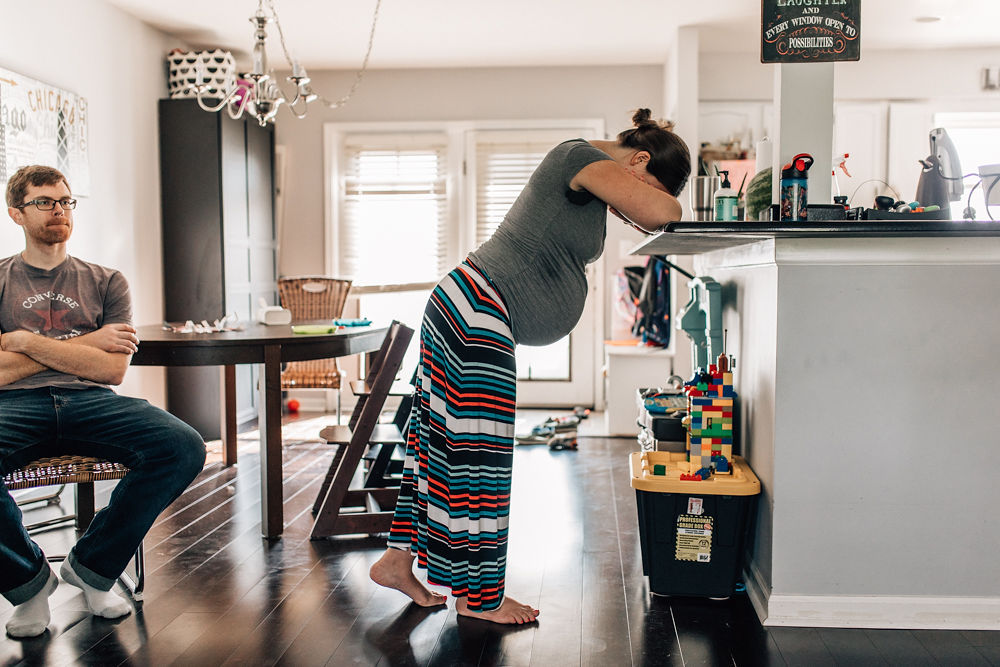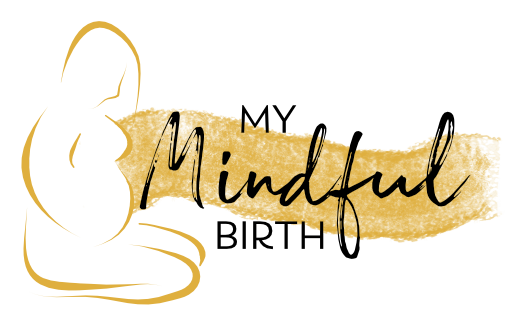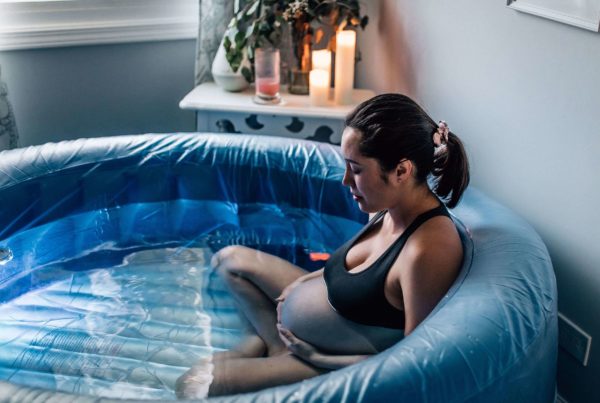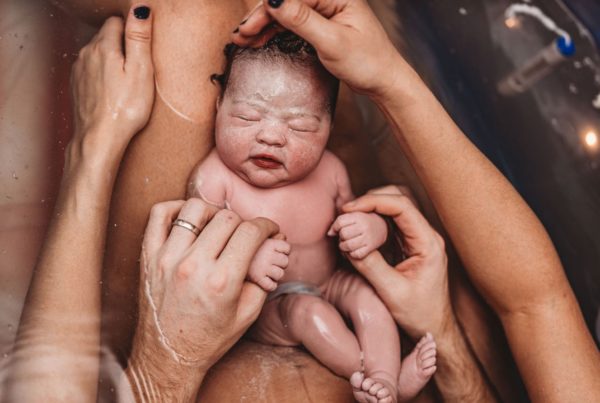
When you have the freedom to walk and change position in labor, it allows your birth to unfold at “your own rhythm” and lets you to respond to pain in an active way that increase your comfort. Freedom of movements makes the contractions more effective, labor shorter and give you a better sense of control.
Although no single labor position is always the best, the most common positions chosen by women during labor are the upright position and the hands and knees position. Upright positions use gravity to help increase the size and shape of the pelvis to bring the baby down. With frequent position changes, the bones of the pelvis move in a twisting manner, which helps baby find the best fit through your birth canal. Getting on your hands and knees alleviates lower back and helps baby rotate. At times during labor, you may feel tired and need to rest in a comfortable position. You can get the rest that that you need without having more pain if you have options for resting other than lying on your back.
During your pregnancy, practice various positions and movements, including how to rock your pelvis and use techniques such as the lunge, the stomp/squat, slow dancing, the knee/chest position, and stair climbing. Practice with aids, such as a birth ball or a rebozo (a Mexican shawl), you will find it easier to use them in labor. When you have tried different positions and movements before labor, you have more confidence to use them during labor.
Home provides the ideal setting for laboring women, giving them the freedom of movement in labor and to avoid routine interventions that restrict movement.


